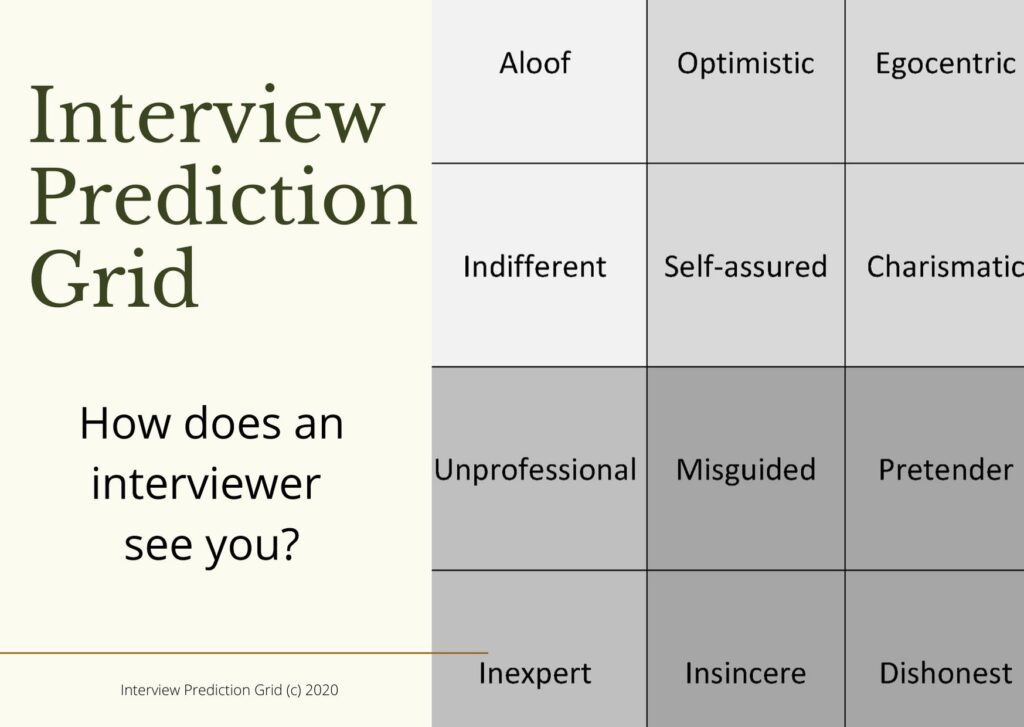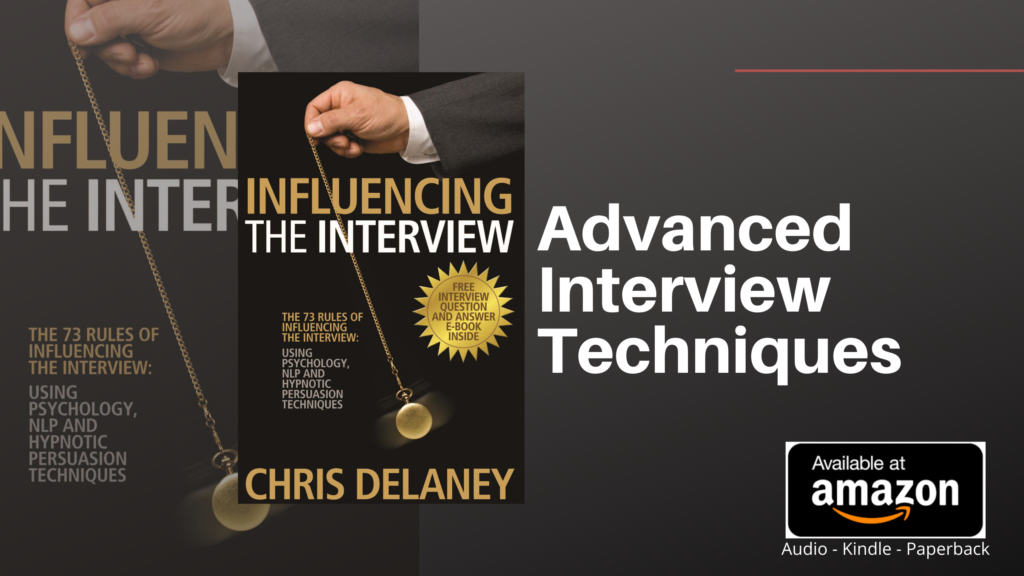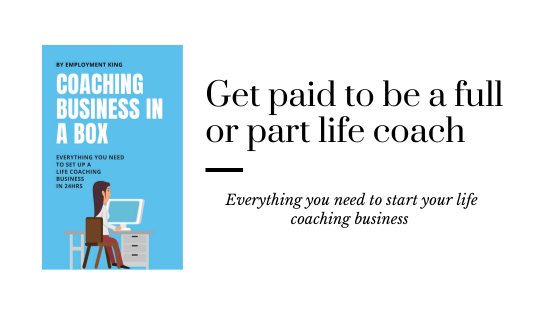A job interview bias found to influence the selection process is ‘attractiveness.’
Much evidence confirms that most people have a “what is beautiful is good” stereotype; the more physically attractive an applicant is, the more they are perceived to be job worthy – even for job roles that don’t require a ‘beautiful’ employee (manufacturing, administration, etc.)
To test the attractiveness bias, the same ‘average’ level CVs were graded for a potential job role. Half of the CVs had attached to them a photograph of an ‘attractive’ applicant and the other half was sent without a picture.
The experiment concluded that the additional ‘attractive’ photograph assisted those candidates in gaining a job interview invitation. Interestingly, for different levels of skill sets, one applicant meeting the job criteria more than another, the lack of ‘attractive’ image for the more skilled applicant did not hinder their chances.
Also with high-skilled jobs, attractiveness of a candidate was mainly insignificant. This shows that ‘attractiveness’ creates a positive bias, but having a high level of knowledge/experience when applying for a professional position trumps this schema.
Being physically attractive strengthens the interviewers likability of the applicant and increases sympathy towards them, improving the interviewees overall chances of being hired. The schema – ‘what is beautiful is good’, and for all other prejudices, creates the initial bias that proceeding answers are filtered through.
For positions that would benefit from an ‘attractive’ employee (customer service roles, TV presents, etc) the ‘what is beautiful is good’ stereotype has a stronger preference or filter, increasing how an ‘attractive’ interviewee is viewed by a recruiter.
This is because attractiveness has an association with other positive traits – we subconsciously believe attractive people to be mature, sociable, friendly, well-adjusted and happy. But attractiveness alone isn’t enough to secure job offers, rather it just creates a positive bias at the interview start.
Interestingly though, recent research showed that recruitment decisions were influenced more by ‘attractiveness’ for unstructured job interviews compared to structured interviews. Structured interviews use a score system based on job criteria, and even though ‘good looking’ applicants have increased likability, they are still required to have a certain set of skills, showing the importance of self-promotion in the job interview for candidates with high levels of knowledge/experience.
The interviewer listening to the self-promotion of a strong candidate is consciously analysing the answer against the job criteria. During an informal job interview, the interviewer does ask questions but each question is spontaneous, based on the conversation created in the moment, rather than the pre-set questions of a structured interview.
The theory of the free-flowing style of the unstructured job interview is that it allows the interviewee to relax, and therefore open-up more, showing their true self, allowing the interviewer to gauge an accurate view of the interviewee and their potential job performance.
Without a scoring system, though, it is hard to compare one candidate against another creating a logical hiring decision. Instead, the conversational style interview results in a ‘gut’ instinct decision making process. For an emotional decision making process, schemas such as ‘beauty is good’, are more prevalent.

Job Interview Advice








